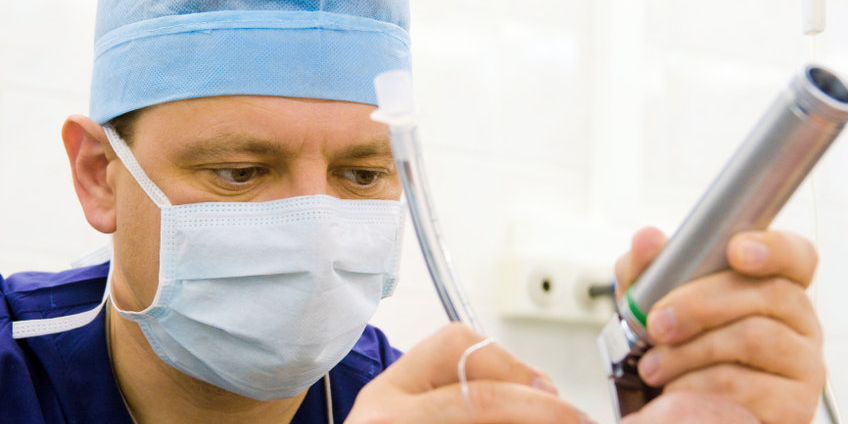
Patients come in all shapes and sizes, and the weight of your patient is an important consideration when deciding which treatment techniques to employ and what equipment to use.
Every year, the number of obese patients being treated for airway-related complications and other emergencies increases, as 1 in 3 U.S. adults is obese. It’s the responsibility of the provider to ensure they are well prepared and knowledgeable about their patients’ specific treatment needs, as well as any physical and emotional challenges they may face during treatment.
To help you and your team remain prepared to treat patients of all weights and body types, we’ve put together a guide with some information on unique airway complications obese patients experience, effective methods to employ when performing suctioning or airway management on these patients and choosing the best accessories and equipment.
Unique airway difficulties
There are several reasons why individuals with obesity may suffer from airway difficulties, particularly during surgical procedures and reclined positions. Since obesity is associated with significant physiologic cardiovascular and pulmonary changes, the position in which a patient is placed can further alter their cardiovascular and pulmonary functions, resulting in challenges with spontaneous breathing.
The airway and breathing mechanisms are also often compromised in obese patients because of excess adipose tissue which creates more work for the supporting muscles, as well as other complications, such as increased oxygen consumption and carbon dioxide production, increased breathing effort and decreased efficiency of air exchange.
One vital factor in mitigating these airway difficulties is positioning obese patients in ways that accommodate their body types and needs. Since these patients may have a hard time breathing in a recumbent position, you can account for this by elevating a patient’s head and neck to more easily establish an airway. Using a wedge-shaped positioning device to support the patient’s head and shoulders also helps prevent strain on the arms and brachial plexus.
Employing the LEMON method
Before treating an obese patient’s airway, consider using the LEMON method, an effective process for assessing the difficulty of an obese patient’s airway. The acronym stands for:
- L: Look at the airway for signs of challenging intubation, such as missing teeth, a large tongue, or a broken jaw.
- E: Evaluate using the 3-3-2 rule. The mouth should be at least three fingers wide when open. The space from the chin to the hyoid bone should also be three fingers wide. The length of the space between the thyroid notch and hyoid bone must be at least two inches wide.
- M: Mallampati score. Assign a score to predict airway difficulty.
- O: Obstruction. Assess for medical conditions that might result in a physical airway obstruction, as well as the obstructions themselves.
- N: Neck mobility. Monitor for any limitations, including those related to obesity or poor muscle tone, as they can undermine suction.
Aside from the more technical considerations associated with LEMON, when employing airway management, remember to keep your patient calm by moving slowly and considerately and offering reassurances to make them feel more comfortable and relaxed during treatment.
Choosing the best portable suction accessories and equipment
You should honor the unique needs and features of each patient by selecting appropriate catheter tips based on the patient’s size and airway. There are now specially designed catheters that mimic the natural curvature of the oropharynx for improved suctioning ability and tube placement, such as the SSCOR SDC Catheter™ (Formerly the SSCOR DuCanto Catheter®). It helps to utilize these catheters, along with hyper-curved catheters, to accommodate challenging airways.
The durability and lightness of your portable suction equipment are also important factors to keep in mind, especially when performing suctioning and airway management techniques on obese patients in emergency situations. The tubing and canisters of your portable suction unit should be durable enough to avoid cracking or other unforeseen complications, and light enough to treat patients where they are, rather than having to transfer them to a secondary location.
Takeaways for providers
One of the biggest challenges of treating obese patients is learning to respond to their unique airway and positioning needs effectively and safely in a variety of emergency settings. You and your team can better prepare for treating obese patients by continuing to educate yourselves on the many barriers these individuals face when seeking medical care and treatment, as well as ensuring you always have an inclusive variety of portable suction equipment and accessories at your disposal. For a head start, take a look at SSCOR’s guide to purchasing a portable emergency suction device.














